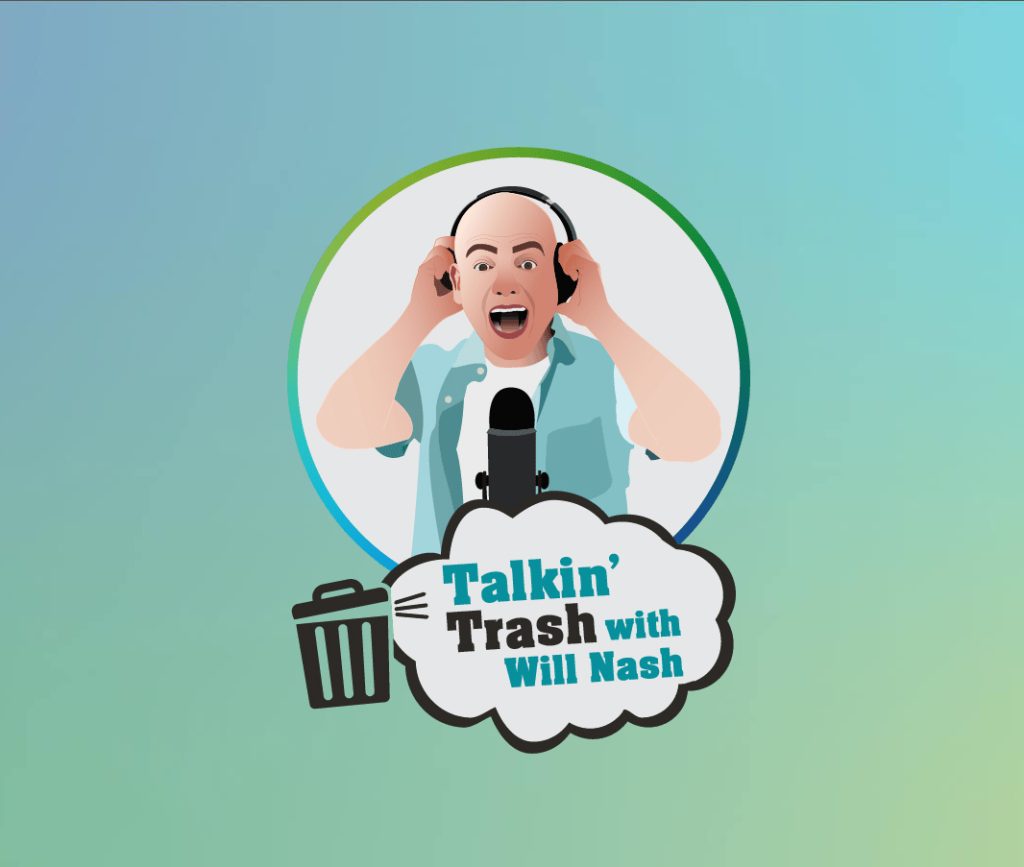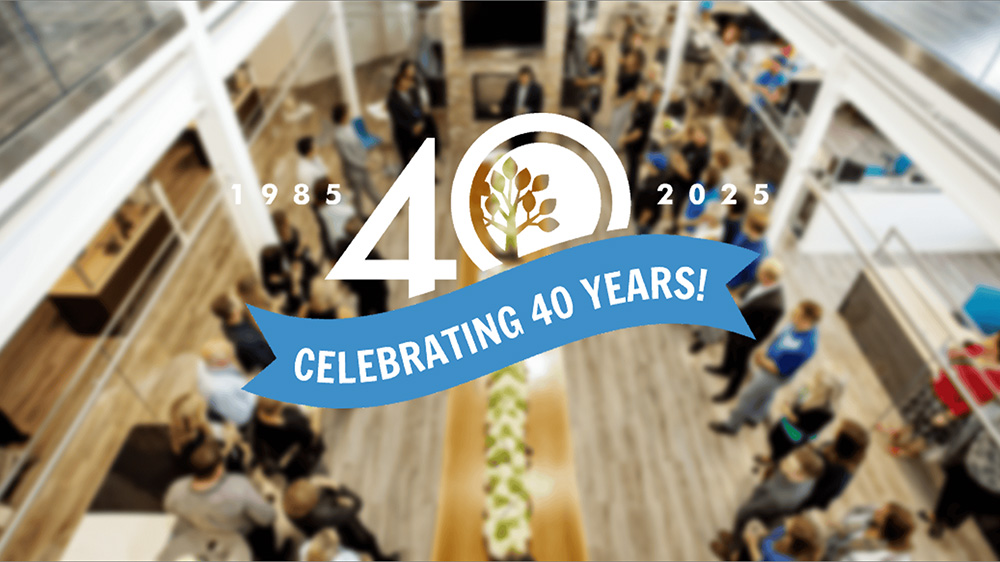Blogs
& Media

Discover What’s Next in Recycling & Sustainability
Explore our latest news, press releases, podcasts, and social updates. Whether you’re interested in having Busch Systems speak at your event or simply want to follow what we’re working on, this is your hub for staying informed. Have questions? We’re here to help.
Insights, Ideas & Inspiration
Dive into the Busch Systems blog for fresh perspectives on recycling, sustainability, and waste diversion. From practical tips and industry trends to thought leadership and success stories, our blog is designed to spark ideas and support your journey toward a greener future.
Green Thinking
Running a successful recycling or waste reduction program takes more than just placing bins—it requires strategy, design, efficiency, and ongoing education. That’s why Busch Systems created the Green Thinking webinar series: free sessions featuring case studies and expert insights to help sustainability and facility managers boost diversion rates and achieve real results.
Talkin' Trash
Talkin’ Trash is the podcast that blends energy, humor, and hard-hitting conversations about sustainability, recycling, and the future of our planet. Hosted by Will Nash of Busch Systems, each episode dives into the challenges of waste and consumption while spotlighting the innovators and changemakers driving a cleaner, greener world.
News, Updates & Announcements
Stay informed with the latest press releases from Busch Systems. From product launches and sustainability initiatives to company milestones and industry recognition, this is where we share our biggest updates and announcements. Explore how we’re driving innovation and making an impact in recycling and waste solutions.
Sustainability in Action
Explore the Busch Systems Video Library for engaging content that brings recycling and waste diversion to life. From product demos and how-to guides to expert interviews and success stories, our videos make it easy to learn, get inspired, and see sustainability in motion.






